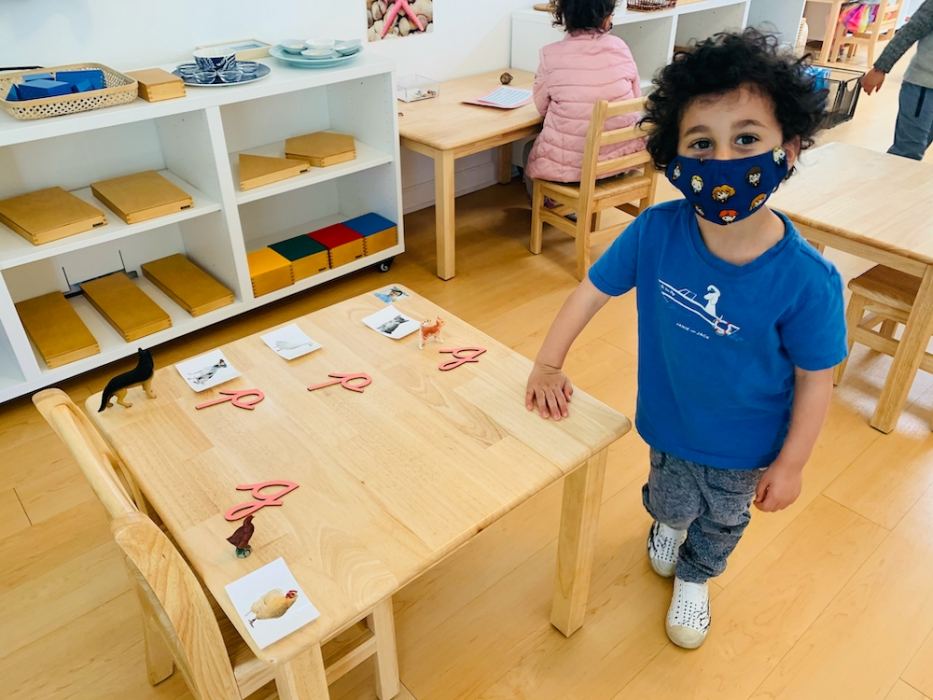How Learning Two Languages Helps Montessori Students Absorb and Master Their World

Raising a Bilingual Child
SAN DIEGO – May 26, 2021 – PRLog — Raising a bilingual child is easy because toddlers, preschoolers and Kindergarten students all possess abilities to naturally learn language.
“Children naturally communicate in the language they speak,” Adriana Prado, Primary Spanish teacher at La Jolla Montessori School, says. “Their ability to learn is not necessarily a teaching process but a natural learning process. The more we teach them, the more they want to learn!
“Young children absorb language like a sponge. During our three year dual language immersion program, students regularly achieve English/Spanish verbal fluency by the end of Kindergarten–
La Jolla Montessori School engages two language teachers. The first day, one teacher will present the lesson in English only. The following day, students learn the exact same lesson entirely in Spanish from the second teacher.
“We help our students build confidence and trust from within. It’s an amazing process: children who cannot even spell are learning two languages simply by daily immersion into our region’s food, music, dance and cultural touchpoints…
Age-Range Peer Learning Helps All
“Another wonderful Montessori philosophy mixes older children with younger ones.
Every day, Third Year students mentor First Year students to help the younger ones learn and assimilate,”
Third Year students find self-confidence and satisfaction when teaching and translating their skills to the First Year students. Plus, they retain and master the lesson they just learned. Meanwhile, the younger students develop admiration and emulation towards their older classmates.
“I see a deeply collaborative and cooperative nurturing process in teaching the Montessori Method. It encompasses far broader academic, social and emotional tools than traditional public school,” Prado says.
How Dual Language Immersion Helps Going Forward
“Our English/Spanish immersion program builds foundations for learning, leadership and employment. Knowing two languages increases student empowerment while growing their social and emotional feelings,” Prado says.
“Ultimately, their Spanish/English reading, writing and speaking skills become a communications tool. Our students will talk, listen and learn with others who come from different backgrounds, face different challenges and have different thoughts. These differences build understanding.”
Summary
La Jolla Montessori School provides a three-pronged academic, social and emotional foundation for toddlers, primary and Kindergarten students. The dual language immersion program is taught during a three-year time frame and builds pathways for kids to learn, understand the world and find their place in it.
“I wish every child was enrolled in a Montessori school. Imagine the happiness children would experience. Raising a bilingual child is easy. At La Jolla Montessori School, we provide a loving environment and a love of learning that benefits today’s students for a lifetime,” Prado concluded.
La Jolla Montessori School is located at 8745 La Jolla Scenic Drive North, two minutes from the intersection of La Jolla Village Drive and Interstate 5.
Visit: http://www.lajollamontessorischool.com for a free virtual or personal tour.


